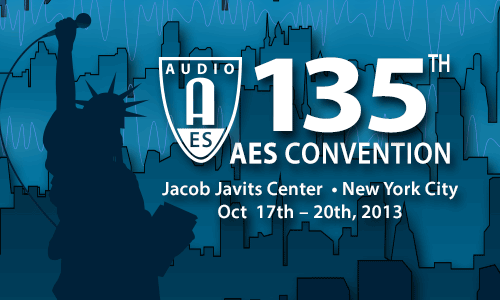
AES New York 2013
Historical Event
Saturday, October 19, 5:00 pm — 7:00 pm (Room 1E09)
The 35mm Album Master Fad
Presenter:Thomas Fine, (sole proprietor of private studio) - Brewster, NY, USA
Abstract:
In the late 1950s and early 1960s, a new market emerged for ultra-high fidelity recordings. Once cutting and playback of the stereo LP were brought up to high quality levels, buyers of this new super-realistic format wanted ever more "absolute" sound quality. The notion emerged, first with Everest Records, a small independent record label in Queens, to use 35mm magnetic film as the recording and mastering medium. 35mm had distinct advantages over tape formulations and machines of that time—lower noise floor, less wow and flutter, higher absolute levels before saturation, almost no crosstalk or print-through, etc. Everest Records made a splash with the first 35mm LP masters not connected to motion-picture soundtracks but quickly faltered as a business. The unique set of recording equipment and the Everest studio remained intact and was used to make commercially successful 35mm records for Mercury, Command, Cameo-Parkway, and Project 3. The fad faded by the mid-60s as tape machines and tape formulations improved, and the high cost of working with 35mm magnetic film became unsustainable. The original Everest equipment survived to be used in the Mercury Living Presence remasters for CD. Just recently, the original Everest 35mm recordings have been reissued in new high-resolution digital remasters. This presentation will trace the history of 35mm magnetic recording, the brief but high-profile fad of 35mm-based LPs, and the after-life of those original recordings. We will also look at the unique set of hardware used to make the vast majority of the 35mm LPs. The presentation will be augmented with plenty of audio examples from the original recordings.

